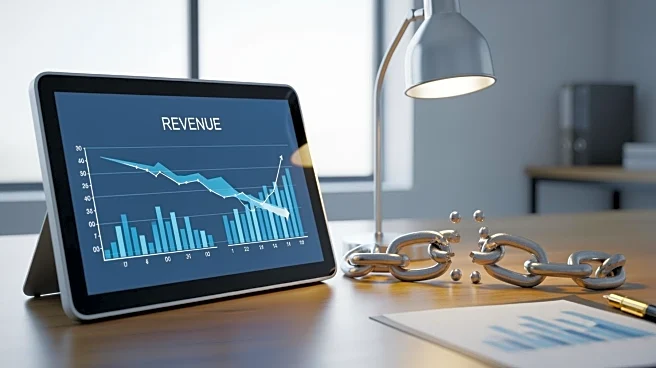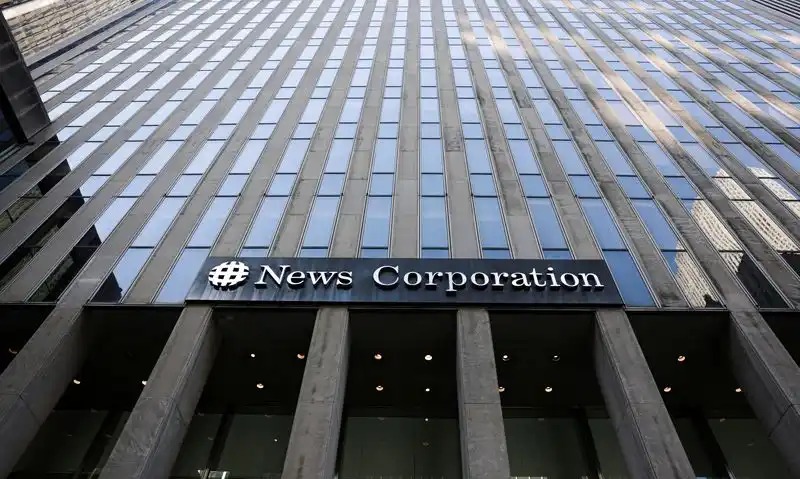What's Happening?
BT Group has reported a first-half revenue of $12.8 billion, reflecting a 3% year-on-year decline due to legacy voice declines and softer mobile handset sales. Despite this, BT's adjusted EBITDA remained
stable at £4.1 billion, supported by cost transformation efforts. The company achieved a record rollout of full-fiber broadband (FTTP), with 2.2 million premises built in H1, bringing total coverage to 20.3 million. BT's mobile division, EE, expanded its 5G+ coverage to 66% of the UK population, with plans to reach full coverage by 2030. The company also announced a partnership with Starlink to enhance broadband access in remote areas.
Why It's Important?
BT's financial performance and infrastructure expansion are critical for the UK's digital transformation. The extensive rollout of FTTP and 5G+ networks positions BT as a leader in providing high-speed internet access, which is essential for economic growth and competitiveness. The company's efforts to offset revenue declines through cost management and strategic partnerships highlight the challenges and opportunities in the telecommunications sector. As digital connectivity becomes increasingly vital, BT's initiatives could influence industry standards and regulatory policies, impacting consumers and businesses across the UK.
What's Next?
BT plans to continue its infrastructure expansion, aiming to reach 25 million FTTP premises by December 2026. The company is also focused on stabilizing its UK-focused business division and expanding its 5G+ network to more towns and cities. Stakeholders, including regulators and competitors, will likely monitor BT's progress and strategic decisions closely, as they could shape the future of the UK's telecommunications landscape.












